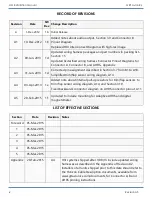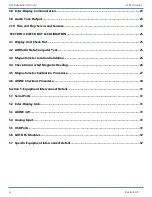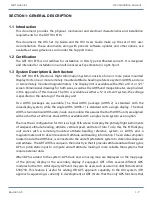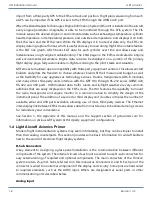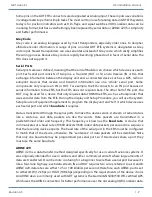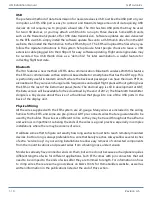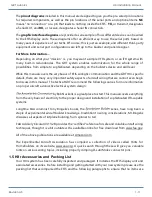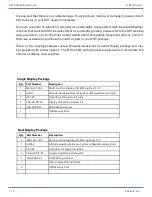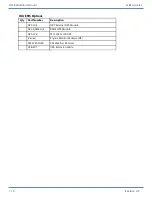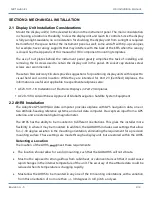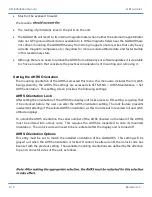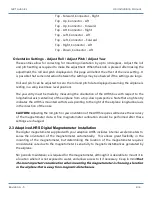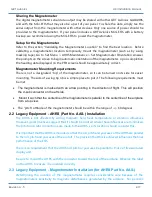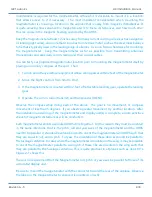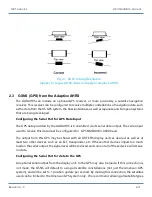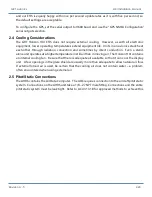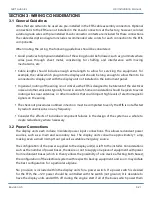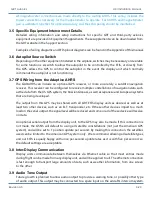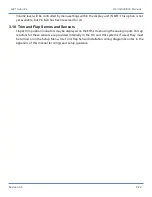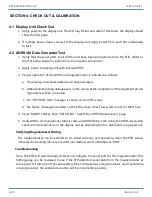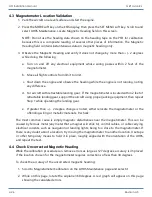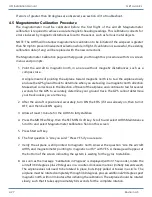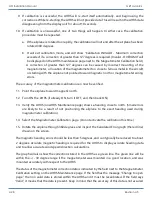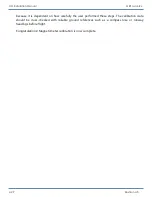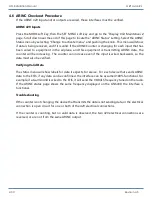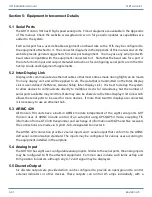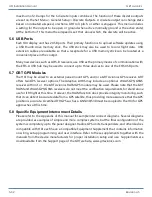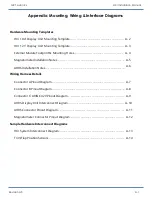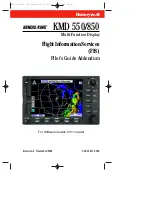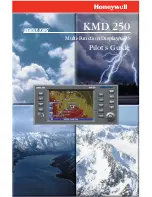
GRT Avionics HXr Installation Manual
Revision A -5 2-18
maintenance is required for the magnetometer, although it is desirable to mount it in a location
that allows access to it if necessary. The most important consideration when mounting the
magnetometer is choosing a location in the airplane that is away from magnetic disturbances. It
is quite amazing how sensitive the magnetometer is to these disturbances, and how much error
this can cause in the magnetic heading reported by the AHRS.
Keep the magnetometer at least 12 inches away from any current carrying wires (such as navigation
or landing light wires), and more than 18 inches from ferrous metal, such as the steel mass balance
tube that is typically used in the leading edge of ailerons. Use non ferrous hardware for mounting
the magnetometer. Keep the magnetometer as far as possible from transmitting antennas
(transponder and especially comm. radio) and their coaxial cables.
You can test your proposed magnetometer location prior to mounting the magnetometer itself by
placing an ordinary compass at the spot. Then:
1. Turn on and off any electrical equipment whose wiring passes within 2 feet of the magnetometer.
2. Move the flight controls from limit to limit.
3. If the magnetometer is located within 2 feet of retractable landing gear, operate the landing
gear.
4. Operate the comm. radio (transmit) and transponder (IDENT).
Observe the compass while doing each of the above. The goal is no movement, or compass
movement of less than 5 degrees. If you observe greater movement, try another location. After
the installation and wiring of the magnetometer and display unit(s) is complete, a more sensitive
check for magnetic disturbances will be conducted.
Each magnetometer and its associated AHRS work together. For this reason, they must be oriented
in the same directions, that is, the pitch, roll and yaw axes of the magnetometer and the AHRS
need to be parallel. A standard level can be used to orient the magnetometer and AHRS such that
they are equal in roll, and in pitch. For yaw, the orientation of these devices should be parallel to
the fuselage centerline. In cases where the magnetometer is mounted in the wing, it may be possible
to orient the magnetometer parallel to a wing rib, if these ribs are oriented in the wing such that
they are parallel to the fuselage centerline. This is quite practical in airplanes such as Van’s RV’s.
Figure 2-1 shows this.
There is no requirement that the Magnetometer roll, pitch or yaw axes be parallel to those of its
associated display unit.
Be sure to mount the magnetometer with the connector toward the rear of the airplane. Observe
the label on the magnetometer to ensure it is oriented correctly.

